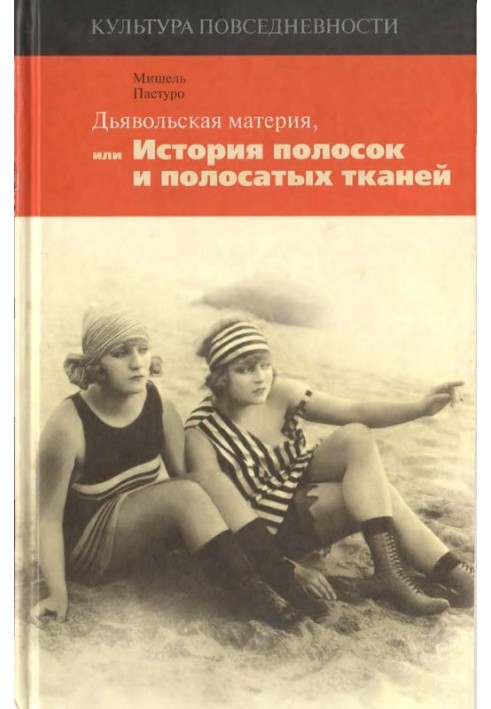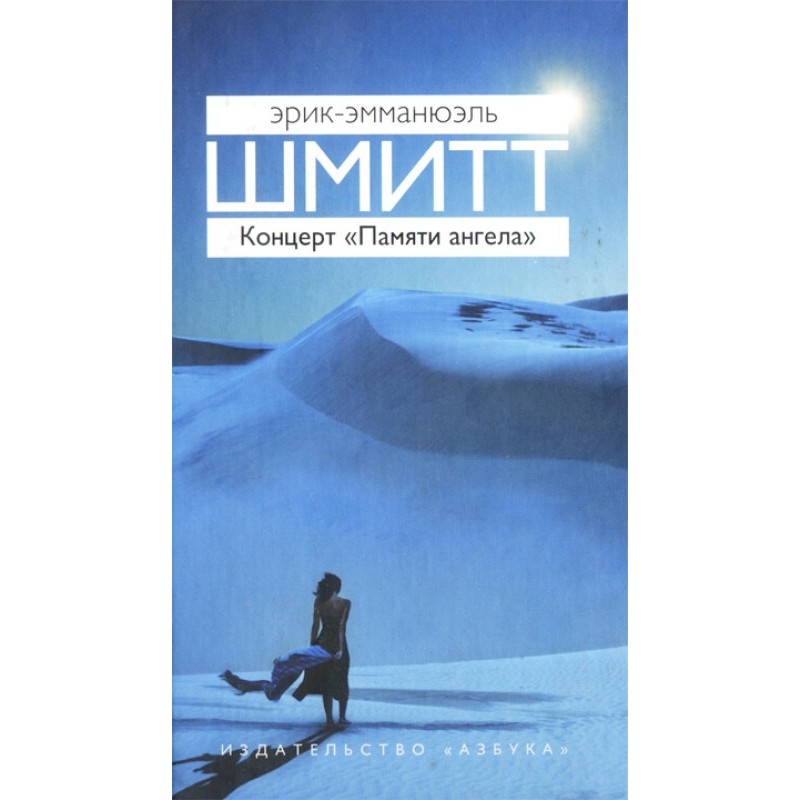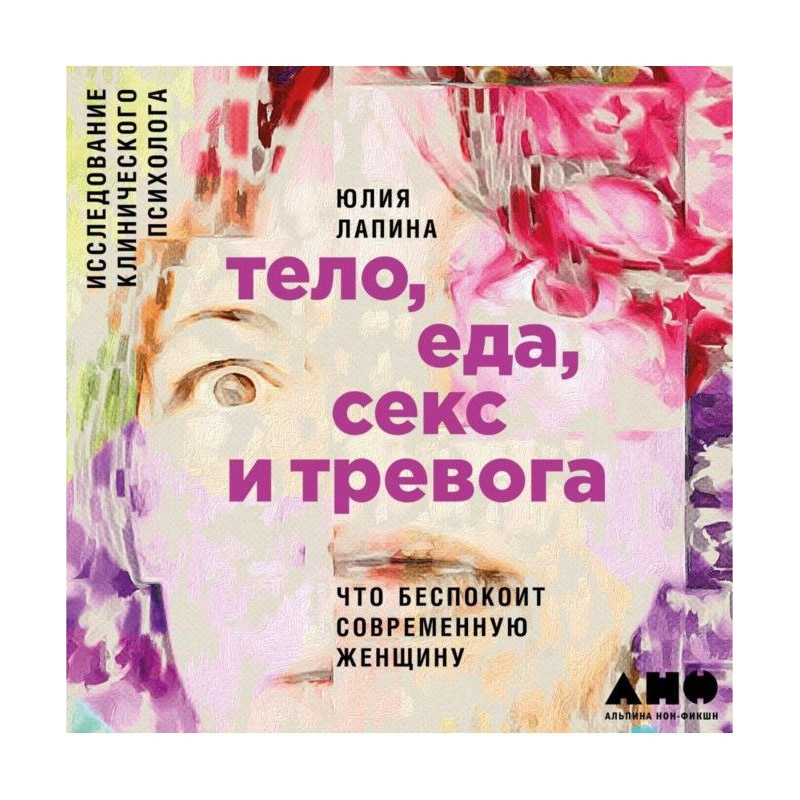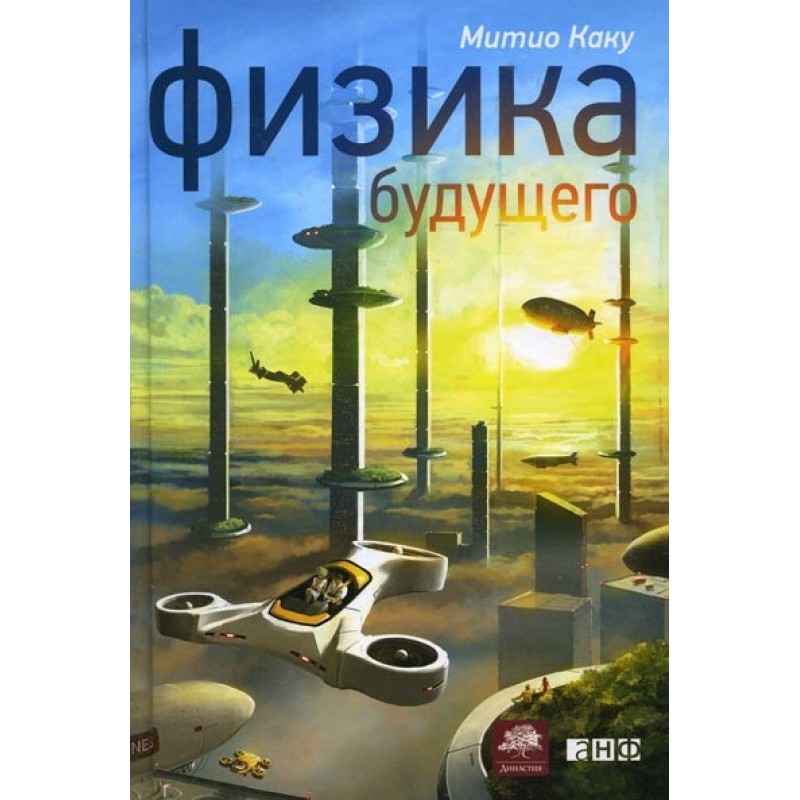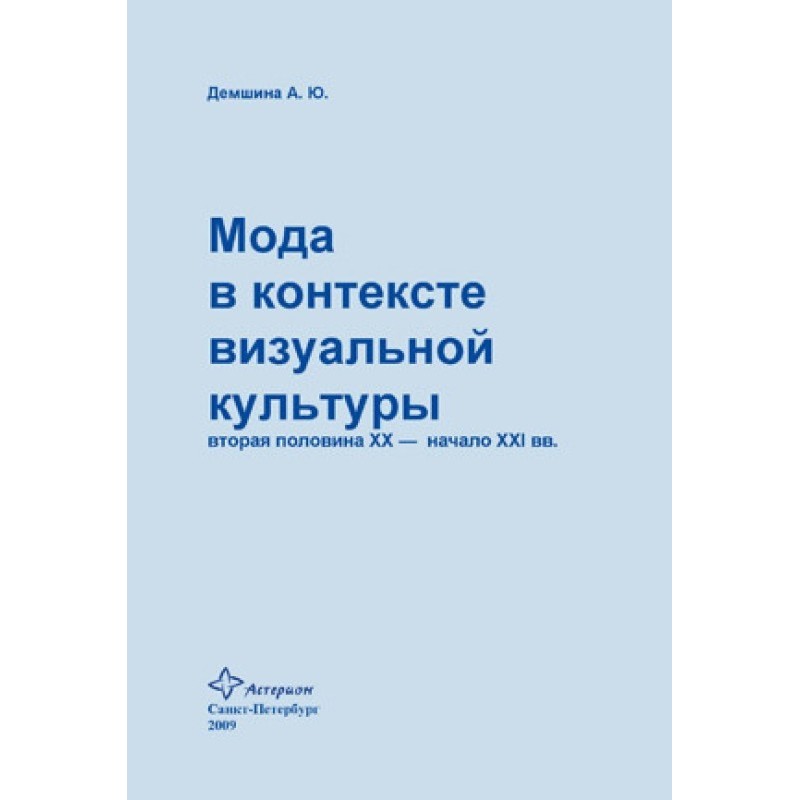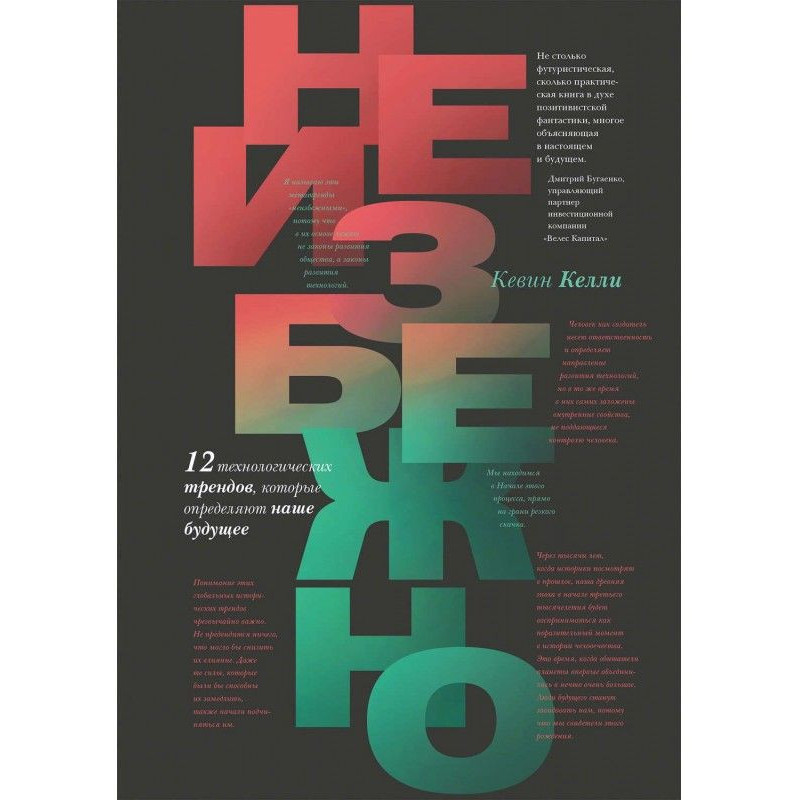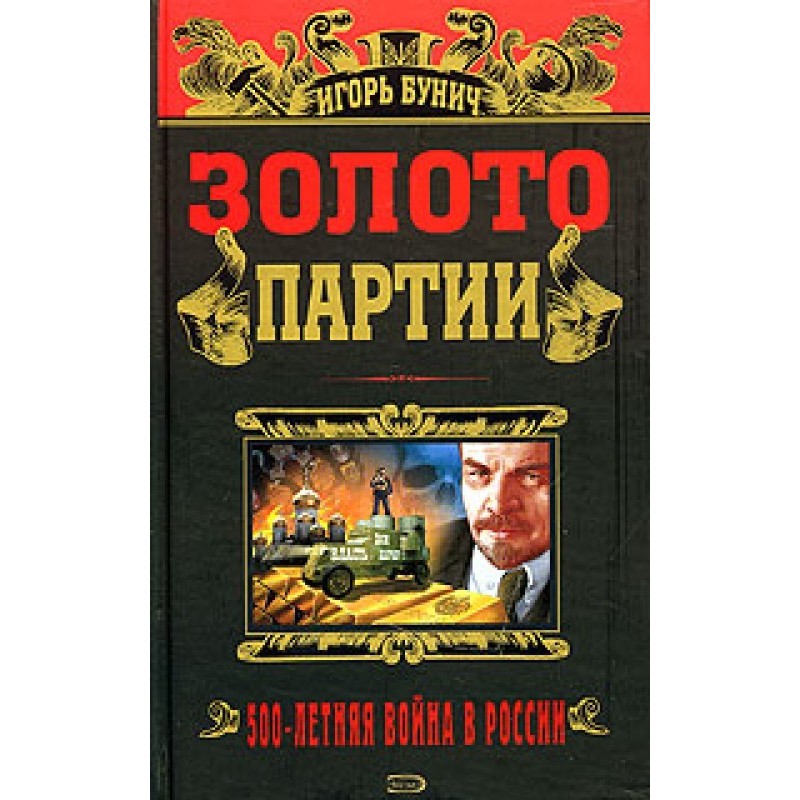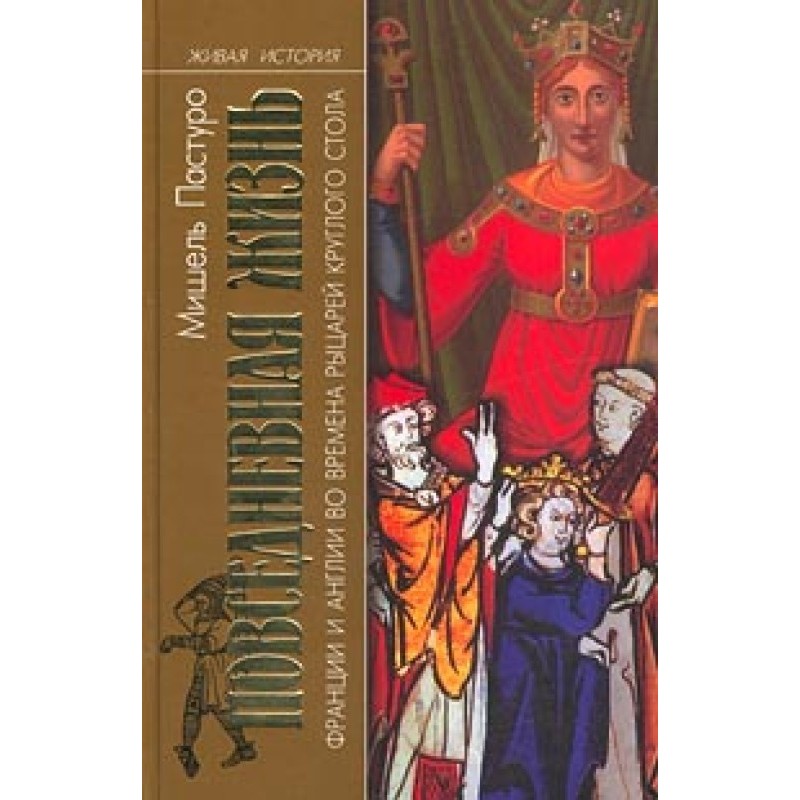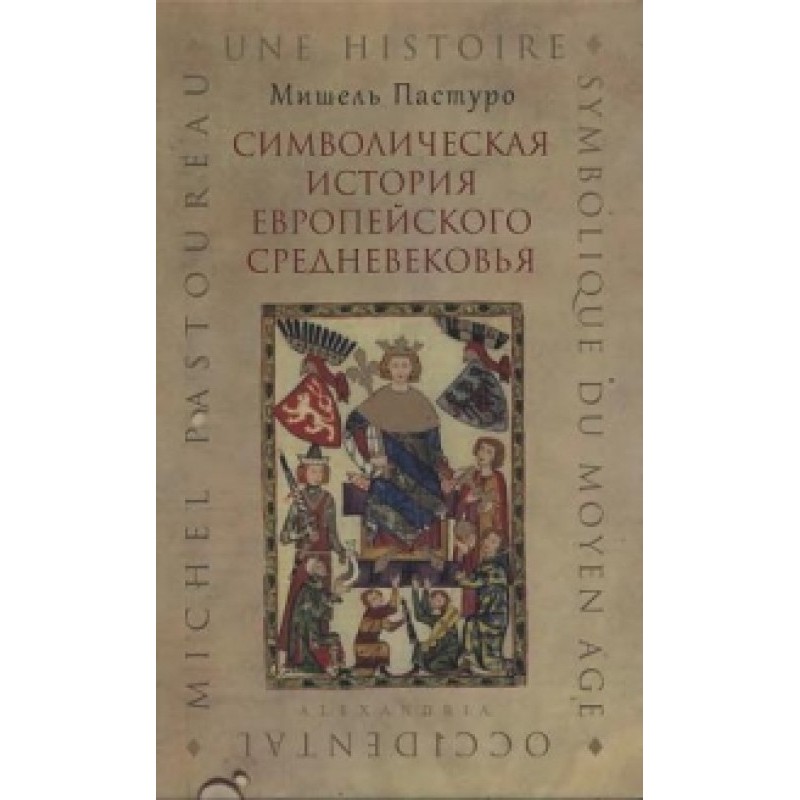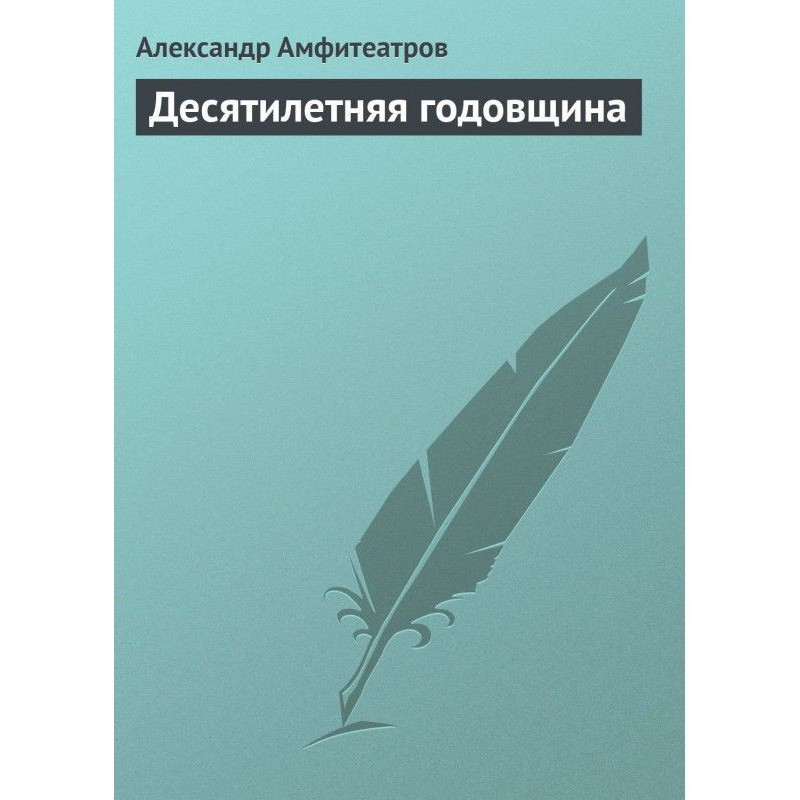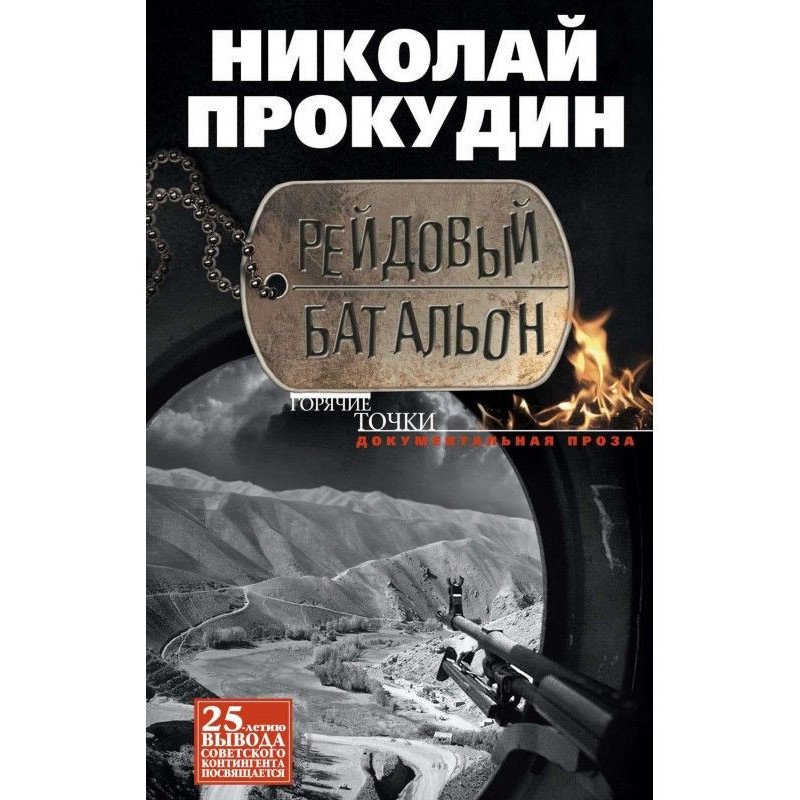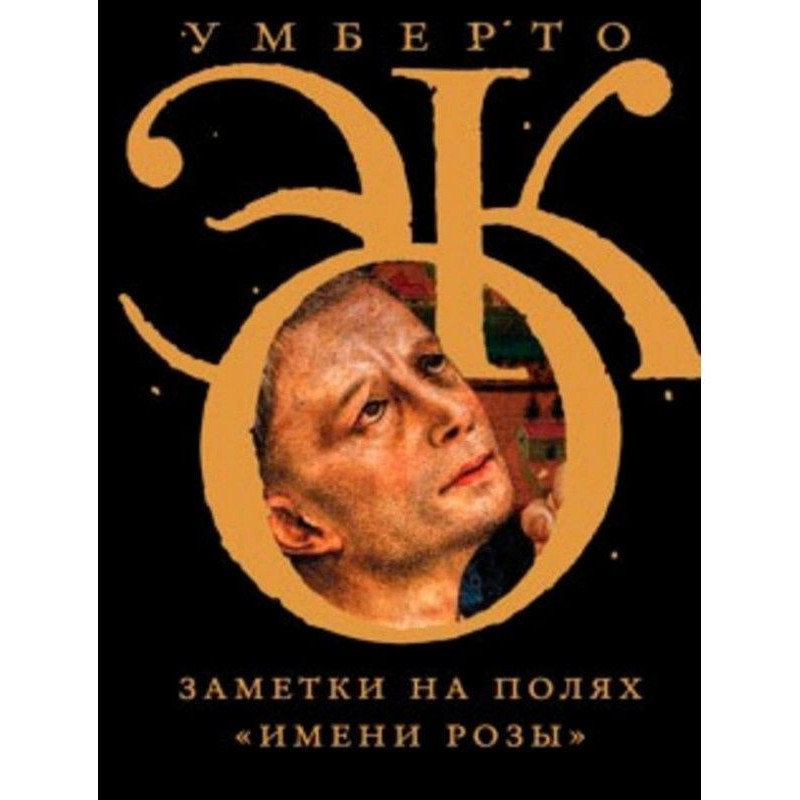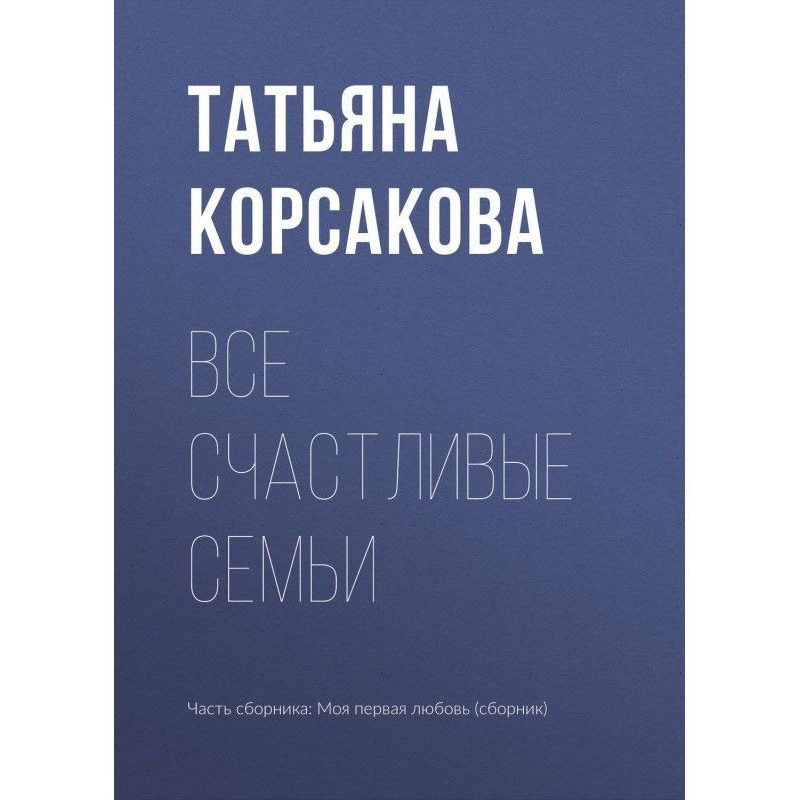Devilish matter, or the history of stripes and striped fabrics
 Instant download
Instant download
after payment (24/7)
 Wide range of formats
Wide range of formats
(for all gadgets)
 Full book
Full book
(including for Apple and Android)
The title of this book already sounds intriguing: could stripes really have their own story? Michel Pastoureau not only answers this question in the affirmative, but also proves that this story is full of the most incredible events. The scientist traces the history of stripes and striped fabrics until the end of the 20th century and shows how each era gave rise to new practices and cultural codes, how the systems of meaning associated with stripes constantly became more complex, both materially and symbolically. Thus, during the Middle Ages, striped clothing was perceived as something base, outrageous, and even simply diabolical. And during the Renaissance and romanticism, “correct” stripes became widespread - signs of holidays and symbols of freedom. Modern culture has adopted all the practices and codes of previous eras. There is a place for everything: stripes that retain “devilish” connotations (striped clothing worn by prisoners of death camps) or signaling danger (zebra crossings and other elements of road traffic); stripes associated with hygiene (bedding sets and underwear), play (toys and other products for children) and sports (professional equipment), and, finally, stripes as an emblematic unit - an attribute of uniforms, badges and flags. The author emphasizes that he considers the semiology of stripes primarily in a social context and serves only as an approximation to an encyclopedia of stripes that has not yet been written.
Data sheet
- Name of the Author
- Мишель Пастуро
- Language
- Russian
- Translator
- Ольга Зубакина
Reviews
Вражаюча робота з глибоким аналізом
"Диявольська матерія" - це не просто книга про смужки, а справжня енциклопедія культурних кодів та значень, які вони несуть. Мішель Пастуро вміло поєднує історію, мистецтво та соціологію, створюючи глибокий аналіз, що захоплює з перших сторінок. Я був вражений, як автор зумів показати, що навіть такі, здавалося б, прості речі, як смужки, можуть мати настільки багатий контекст. Ця книга стала для мене справжнім відкриттям, і я рекомендую її всім, хто хоче розширити свої горизонти в розумінні моди та культури!
Дуже специфічна, але цікава
"Диявольська матерія" - це книга, яка може зацікавити лише вузьке коло читачів. Я вважаю, що автор обрав досить специфічну тему, і хоча вона дійсно цікава, мені не вистачило більшої різноманітності в представленні матеріалу. Деякі частини книги були досить захоплюючими, але інші - занадто академічними і важкими для сприйняття. Якщо ви любите глибокі дослідження в історії моди, ця книга може вас зацікавити, але для загального читача вона може бути не зовсім зрозумілою.
Досить незвичайна, але цікава тема
Книга "Диявольська матерія" вразила мене своєю оригінальністю. Я ніколи не думав, що смужки можуть мати таку багатогранну історію. Автор детально розглядає, як змінювалося сприйняття смужок у різні епохи, і це дійсно вражає. Однак, іноді мені здавалося, що деякі розділи занадто затягнуті, і інформація могла б бути подана більш стиснуто. Незважаючи на це, книга все ж варта уваги, особливо для тих, хто любить досліджувати незвичайні аспекти культури.
Неймовірно цікава та пізнавальна книга!
"Диявольська матерія" - це справжня подорож в історію смужок та смугастих тканин, яка вражає своєю глибиною та різноманіттям тем. Мішель Пастуро майстерно сплітає факти з історії моди, соціології та культурології, показуючи, як смужки змінювали своє значення в різні епохи. Кожен розділ відкриває нові аспекти, які я ніколи не замислювався, і змушує переосмислити звичайні речі, які оточують нас. Ця книга стане чудовим подарунком для всіх, хто цікавиться історією моди, культурою та соціальними змінами. Рекомендую всім!
Не зовсім те, що я очікував
Я придбав "Диявольську матерію", сподіваючись на легке читання про моду та стиль, але виявив, що книга вимагає значних зусиль для сприйняття. Хоча Мішель Пастуро дійсно має глибокі знання про тему, іноді текст стає занадто науковим і важким для розуміння. Я б рекомендував цю книгу лише тим, хто дійсно зацікавлений у семіології та соціології моди, але для загального читача вона може бути занадто складною.

